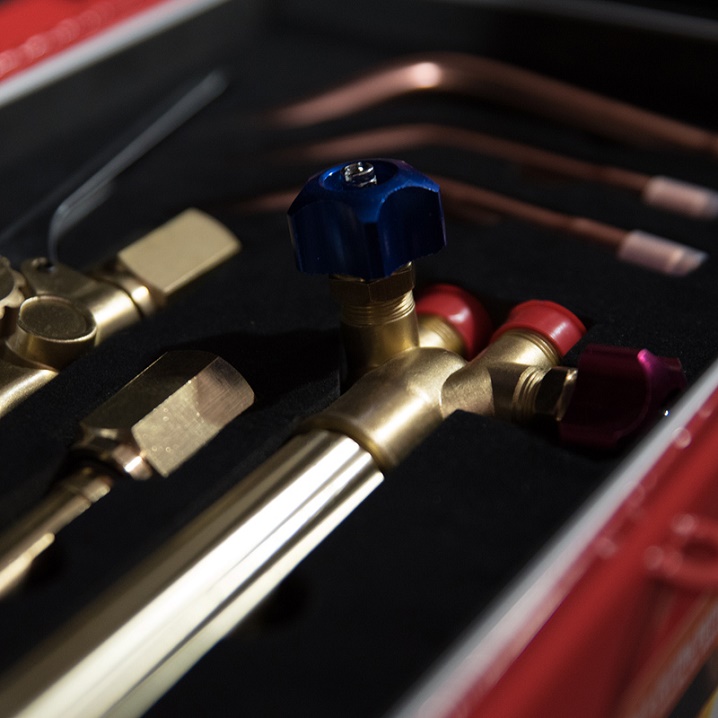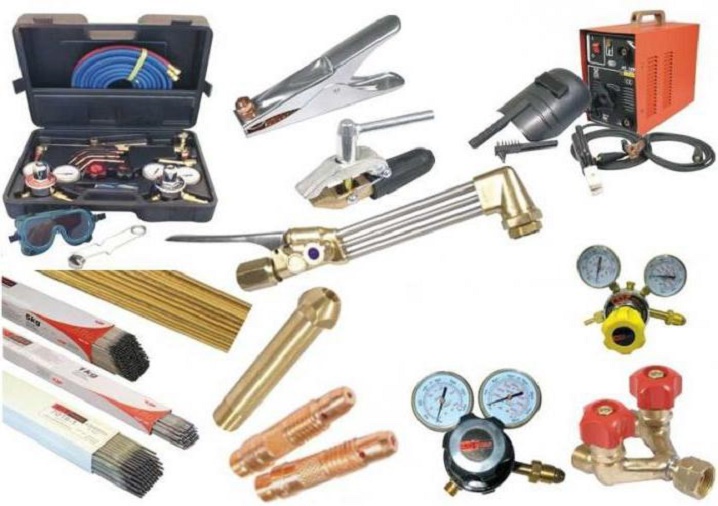Reasons You Need to Know the Difference between TIG and MIG Welding

Welding is the act of joining two metals together under extreme heat. While there are a few processes used to accomplish this, the two most popular are the TIG (tungsten inert gas) and MIG (metal inert gas). They both differ from each other in terms of how they are done, the field they are the most often applied in and even the different welding tools and equipment that they use.
The welding tools and equipment that you will need for the TIG method are as follows: a ground lead or clamp that is attached to the metal that will be welded, a non-consumable tungsten electrode that needs to be inserted into a TIG torch to produce the arc, and argon gas to shield the weld area from the air. For the process itself, all you need to do is turn on the power supply and feed the argon gas through the TIG torch that is in one of your hands, while the other feeds the filler wire to the weld joint.
The MIG welding process also uses gas to shield the weld pool from potentially damaging atmospheric gases and a ground clamp that is attached to the metal you intend to work. Additionally, like the TIG one, the MIG method also uses an electric arc to make the weld. The difference is that the MIG torch has a different type of electrode that is consumable and needs to be continuously fed through and replaced when it runs out.

Both the TIG and MIG methods have a number of additional welding tools and equipment that range from those that are essentials to a few less vital, but still very useful items. There are the different sized clamp and magnets designed to firmly keep the item in place, the different measuring tools, as well as the soapstone for making markings, and even precision tools like the MIG pliers and heavy duty chipping hammer.
Both processes have their advantages and disadvantages, but there really isn’t any way to determine which is better since they can both be ideal for certain situations. MIG is the easier one to learn, the equipment needed is usually cheaper and it can handle the thicker materials much better. On the other hand, the TIG method, while more difficult, can be used in tandem with a larger variety of metals and if mastered can result in a superior weld both in looks and quality.
